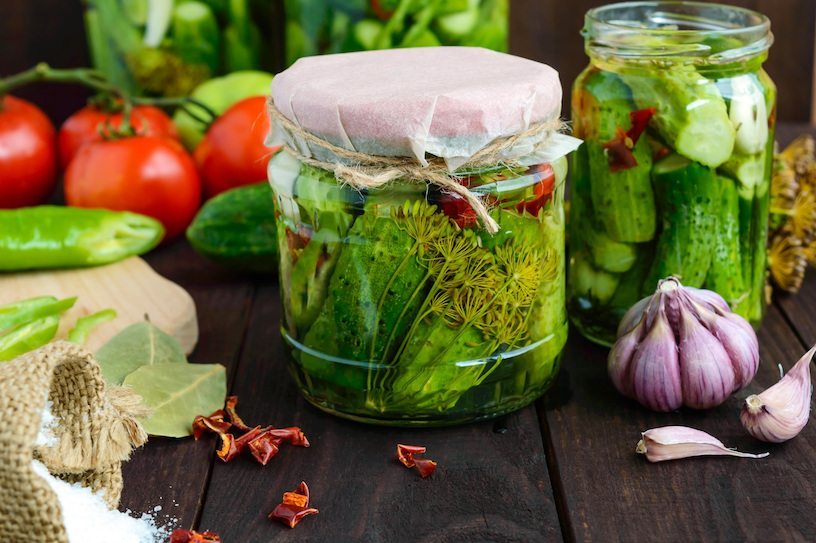
Fermented Foods Benefits: The New Superfood of the Century
Fermented Foods are the New Superfood of the Century
Fermented foods benefits are tremendous and inexpensive! They have become all the rage in the health food movement. And well they should. They provide stunning health benefits when consumed on a daily basis by providing all the healthy bacteria that help keep your intestinal flora balanced and on an even keel.
When considering your overall health, your gut is the bedrock on which everything else rests. Regular consumption of cultured foods is an important part of maintaining a healthy diet and lifestyle. The practice of culturing, or fermenting, whole foods has been around for centuries with different cultures using their own unique culturing methods. Kvass, for example, originated in Russia and contains powerful cancer-fighting properties. Although this beverage is generally made from high-quality sourdough bread, it can also be made from beets and certain fruits.
The practice of food fermentation was common until modern refrigeration techniques eliminated the need for unrefrigerated food preservation. However, culturing does more than simply preserve food. The fermentation process helps to predigest whole foods, making the nutrients more bioavailable. Cultured vegetables and fermented beverages are thus transformed from mere nutrition to superfoods.
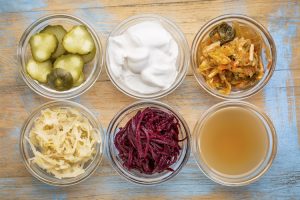
Take Care of Your Gut
Your digestive tract is probably the least-appreciated system of your body. If your heart or your gallbladder acts up, you will respond instantly with a frantic trip to the doctor or the ER. Your digestive tract, on the other hand, is far more subtle and complex.
A delicate balance of good bacteria in your digestive tract keeps the “bad guys” at bay and provide approximately 80 percent of your immune system. Problems with your gut can be hard to detect. By the time obvious symptoms rear their ugly heads, underlying problems may have been developing for years. Performing regular maintenance on your gut will help keep nasty surprises from popping up. Fermented foods are full of natural probiotics that will help maintain the integrity of your intestinal health.
The Fermented Foods Benefits are Widwspread
Although everyone can benefit from the consumption of fermented foods, people who suffer from immune system weaknesses and digestive disorders will find these foods especially helpful. Those who are pregnant and those who are overweight or have yeast infections will also benefit from daily servings of cultured foods. Other benefits are listed below.
Cultured Vegetables Removal of Toxins & Boost the Immune System
Toxic elements such as phytic acid, oxylic acid and nitrates found in unfermented foods are removed during the fermentation process, thereby increasing the nutritive value of the food.
Approximately eighty percent of your immune system resides in your gut in the form of friendly bacteria. The 100 trillion microbes in your immune system outnumber the cells in your entire body by a ratio of 10 to one. If these 100 trillion inhabitants of your gut are happy and healthy, you will be the picture of glowing health.
Assist in the Eradication of Pathogenic Bacteria & Replace Good Bacteria
Adding good bacteria to your diet will help crowd out “bad” bacteria from yeast/candida infections. The good bacteria found in fermented foods can also help treat sinusitis.
The use of antibiotics kills both good and bad bacteria in your system, making you vulnerable to developing gut problems in the future. If you should ever need to take antibiotics, be sure to supplement your diet with probiotics and plenty of fermented foods.
How to Ferment Veggies and Other Foods
Some fermenting methods utilize whey, however, you can produce cultured foods of the same quality or better using salt brine instead. In fact, many cultured veggie recipes call for salt over whey.
In order to give yourself the boost that you need, consider including at least one serving of fermented food in your diet each day. If your digestion is compromised or if you are taking antibiotics, try to eat a serving with each meal. Vegan examples of fermented foods include coconut yogurt, water kefir, kvass, kimchi, kombucha, and sauerkraut.
Making cultured vegetables does not require special equipment. Simple supplies found around your home are more than sufficient to have tasty, healthy fermented foods in as little as a week.
While some vegetables will ferment sufficiently when left whole, others work best when they’ve been chopped up. The size of the final product determines the speed at which the vegetables ferment. The smaller the pieces, the faster the culturing process. Firm vegetables such as carrots, cabbage and broccoli can be grated by hand or in a food processor. Grated vegetables have more surface area for the salt brine to work its magic. You can also slice your firm veggies for a different look. Smaller vegetables such as radishes, green beans and Brussels sprouts can be left whole.
Try to use filtered water for your salt brine or starter culture preparation. Water straight from the tap often contains chlorine that will kill the good bacteria you are trying to grow. Make sure that the vegetables are kept submerged under the brine to permit anaerobic fermentation to take place.
Yeast or Mold? Cultured Foods to the Rescue
During the fermentation process, you may encounter a thin film on the surface of the culturing vegetables. If the film is relatively white and flat, it is most likely kahm yeast. Kahm yeast is not harmful to you or to the vegetables and may be safely removed from the surface. Kahm yeast usually occurs from insufficient anaerobic fermentation, too little salt in the brine or a culturing temperature that is too warm. Yeast growth can also occur if the jars and utensils used were not properly cleaned.
If you see raised fuzzy green, black or red spots, you most likely have mold. While some people say that it is okay to simply remove the mold from the surface of the culture, others use more caution. Mold sends out threadlike strands called hyphae that are invisible to the human eye. These strands remain in soft and liquid foods even when the visible mold layer is removed. Use your own judgement when making a decision based on the smell and taste of the food in question.
Make Your Own Fermented Vegetables!
Okay. Now that I’ve gotten you all fired up about the fermented foods benefits, here is a simple recipe that you can make yourself. Give it a try and let me know it works for you!
TOOLS
- Large mixing bowl
- Wooden spoon
- Mason jars and lids
INGREDIENTS
- Large cabbage, shredded (you can use a food processor if desired. Be sure to save a couple large leaves)
- A small bunch of kale, chopped
- Two medium carrots, shredded
- One organic lemon, peeled
- One clove garlic, diced
- 1/4 cup starter culture (this can be obtained from bodyecology.com or culturesforhealth.com)
INSTRUCTIONS FOR PREPARATION
Combine shredded vegetables and the starter culture mixture in the large mixing bowl until thoroughly combined. Layer the vegetables in the jars and pack until covered with the brine mixture. Keep the vegetables from floating to the surface by wedging a piece of cabbage leaf into the jar opening.
Allow the vegetables to ferment for at least five days before tasting them. You can allow them to sit out for up to two weeks until the desired taste is achieved. Store in your refrigerator. Cultured vegetables will maintain their freshness for up to a year as long as they are kept cold. Enjoy!

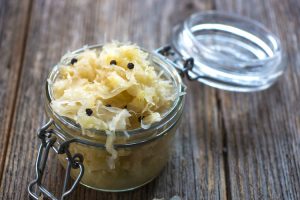
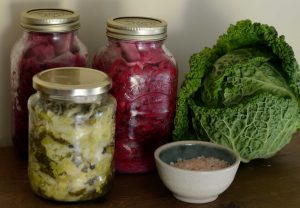
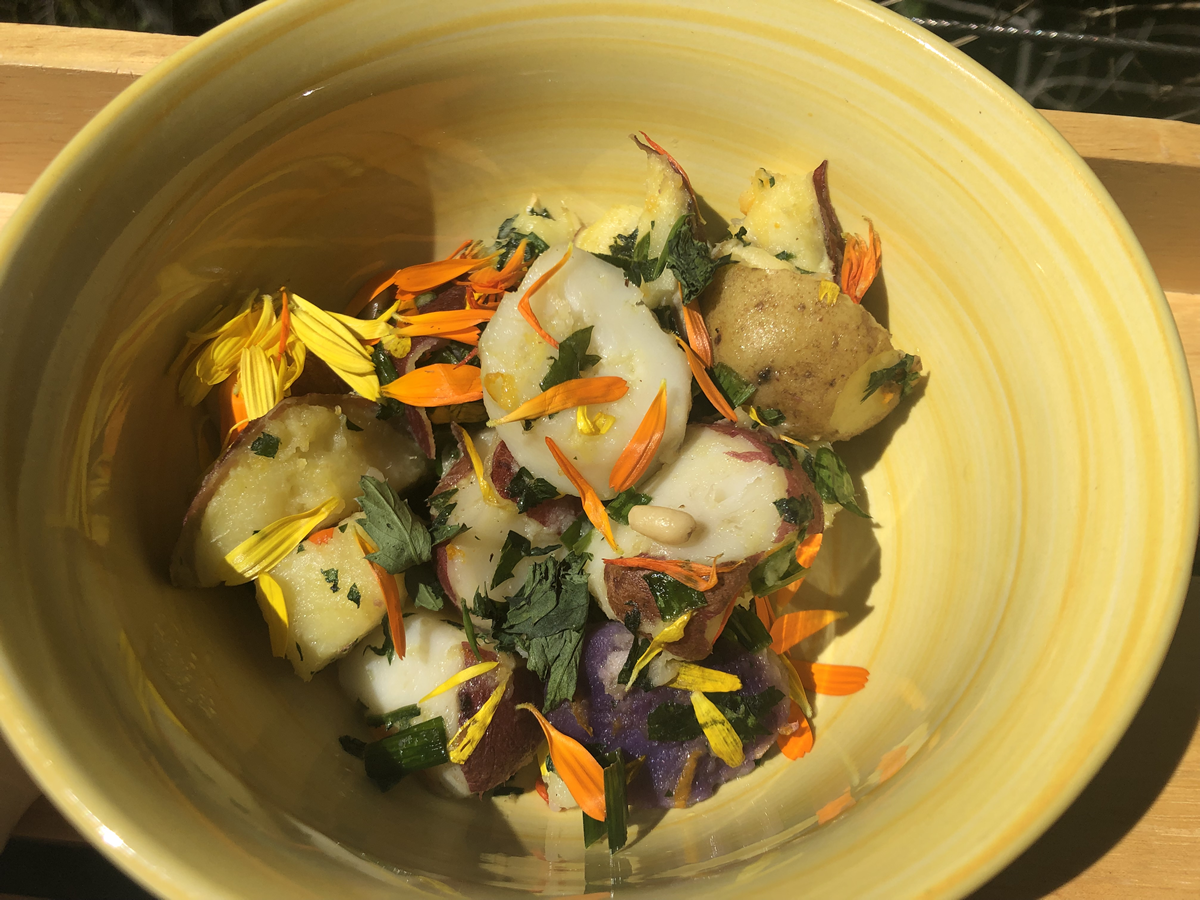
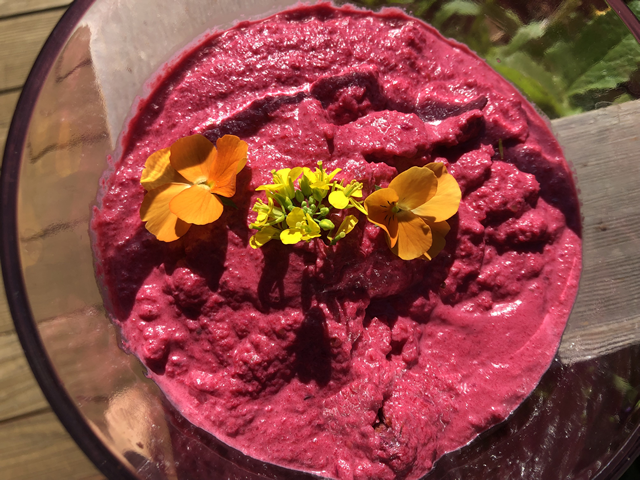
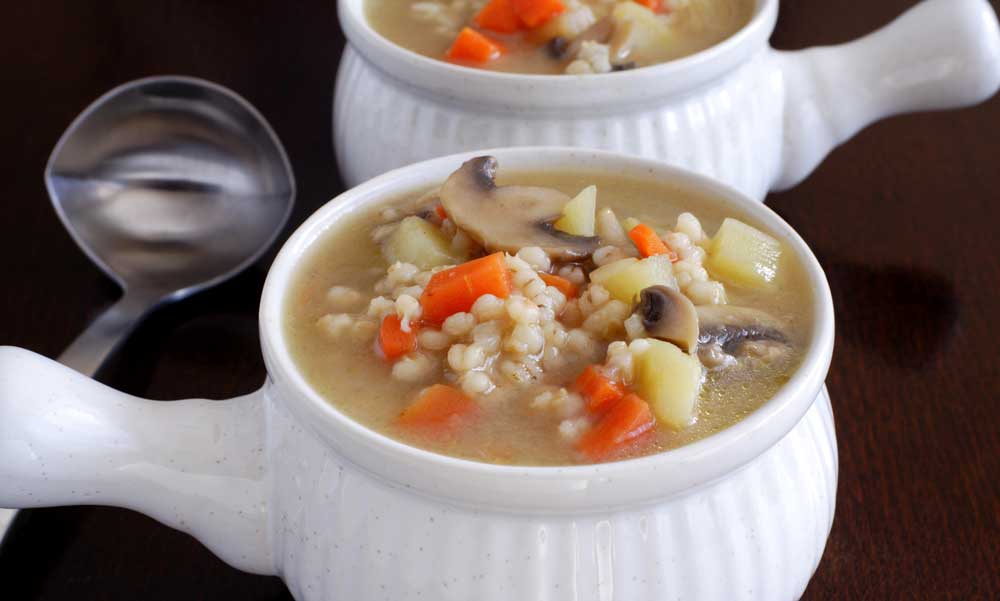
Add A Comment